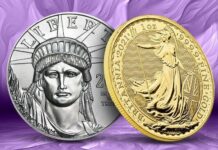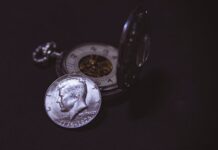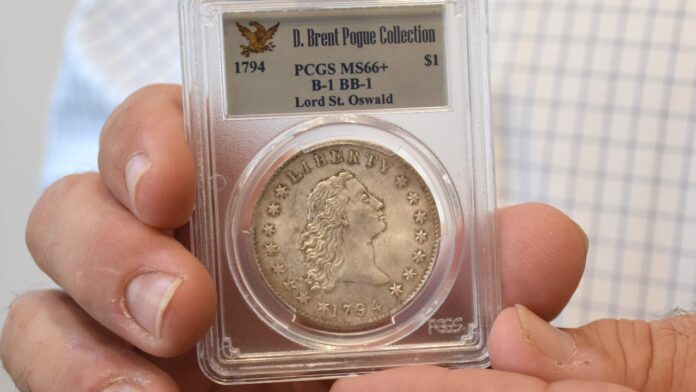
The allure of coin collecting is rooted not only in the beauty and history these metal pieces convey but also in the sheer thrill of chasing rarities that others might never hold. Within the world of numismatics, certain coins have achieved legendary status, fetching astonishing prices at auctions and private sales.
These coins, often enveloped in storied pasts and exceptional characteristics, represent more than just legal tender. Just like zodiac silver coins, they are treasures of art, history, and economic transitions, encapsulating pivotal moments in time and the zenith of collecting.
The Legacy of the Flowing Hair Silver Dollar
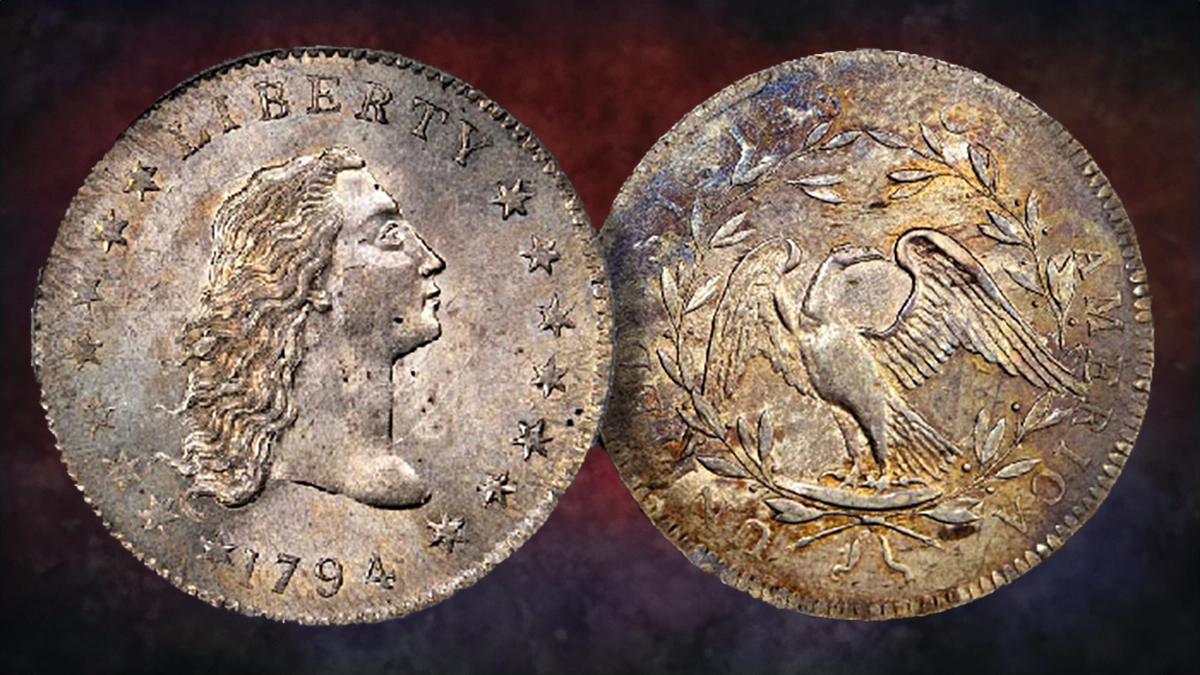
At the pinnacle of coin collecting stands the 1794 Flowing Hair Silver Dollar. Why does this particular coin command such attention and, subsequently, an astronomical price? The answer lies in its historical significance and rarity.
Believed to be the first dollar coin issued by the United States Federal Mint, it represents the budding stages of the American economy following independence. The coin features a portrait of Lady Liberty on one side and an eagle on the other, emblematic of the young nation’s ideals.
The prestige of the Flowing Hair Silver Dollar was cemented in January 2013, when a specimen sold for an unprecedented $10 million at auction. This sale not only shattered previous records but also underscored the coin’s status as a cornerstone of American numismatic history.
Collectors and historians alike speculate that this specific dollar might have been part of the first batch of silver dollars ever struck by the mint, adding layers of allure and intrigue.
The Saint-Gaudens Double Eagle: A Symbol of American Pride
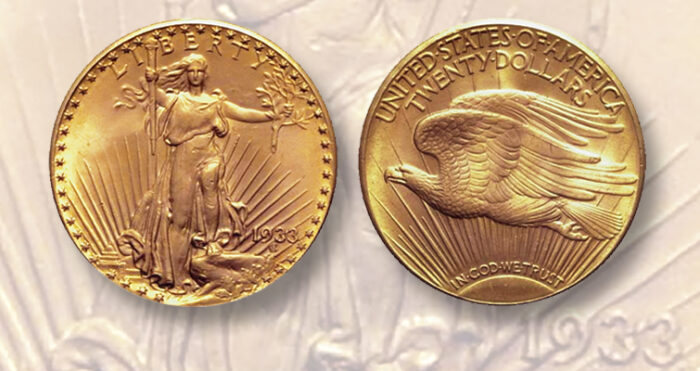
Another coin that captures the imagination of collectors is the 1933 Saint-Gaudens Double Eagle. This $20 gold coin, minted during a period of economic upheaval, represents one of the last gold coins circulated in the United States before President Roosevelt removed gold from the monetary system during the Great Depression.
The coin’s design, by acclaimed sculptor Augustus Saint-Gaudens, is widely regarded as one of the most beautiful ever conceived for U.S. currency.
The narrative of the 1933 Double Eagle is as captivating as its design. Although 445,500 pieces were minted, most were melted down, and only a few survived, making them exceedingly rare.
In 2002, one such coin sold for over $7 million at auction, and more recently, in 2021, another example fetched an astounding $18.9 million, setting a new record for the most expensive coin ever sold. The blend of its aesthetic appeal, the historical context of its minting, and its scarcity fuels its desirability and value.
The Enigmatic Liberty Head Nickel
Turning from gold to nickel, the 1913 Liberty Head Nickel is another coin that often occupies the dreams of collectors. Its story is one of mystery and intrigue: only five specimens are known to exist, and their creation remains shrouded in mystery.
These nickels were never officially released by the U.S. Mint, and their existence was not discovered until years after they were minted, which suggests they may have been struck under dubious circumstances by a mint employee.
The rarity and the tale behind these coins make them exceedingly valuable. One of the five nickels was sold for more than $3.7 million in 2010, reflecting the intense demand among collectors for pieces with peculiar histories and extreme rarity.
The Brasher Doubloon: America’s Exotic Gold
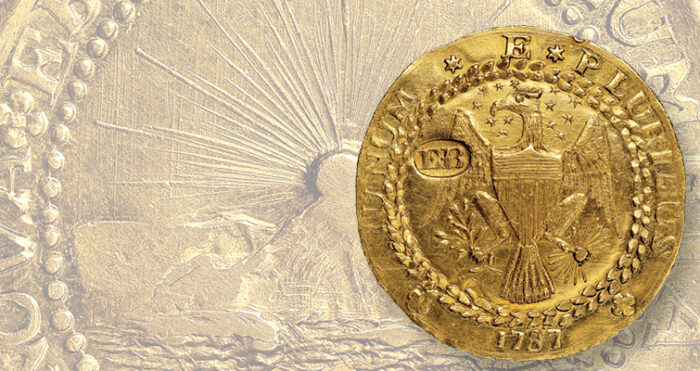
The Brasher Doubloon, minted in 1787 by goldsmith Ephraim Brasher, predates the U.S. Mint and holds a special place in the numismatic circles for its rarity and backstory. Brasher, who lived next door to George Washington in New York, minted these gold coins at a time when there was a dire shortage of coins in the young United States. The doubloons were originally rejected by the New York State government but became highly coveted due to their quality and the prestige of their creator.
In terms of value, the Brasher Doubloon has consistently captured the imagination of collectors, with one of the specimens fetching nearly $7.4 million in a 2011 sale. Its design, featuring the nascent New York skyline and an eagle, encapsulates the aspirations of a young nation poised for growth.
Collecting Beyond Value: The Story of the Coins
While these coins are noteworthy for the records they set at auctions, their true significance extends beyond monetary assessments. Each coin tells a story of artistic endeavor, historical epochs, and the evolution of societies. They are artifacts that offer a window into the periods they were minted, reflecting the economic conditions, technological advancements, and cultural shifts.
For collectors, these coins are more than investments; they are treasures that offer a tangible connection to the past. Their stories of rarity, the legends surrounding their origins, and their survival through centuries make them compelling subjects not just for numismatists but for anyone interested in history and art.
The Sultan of Muscat-Childs 1804 Silver Dollar: A Story of Diplomacy and Desire
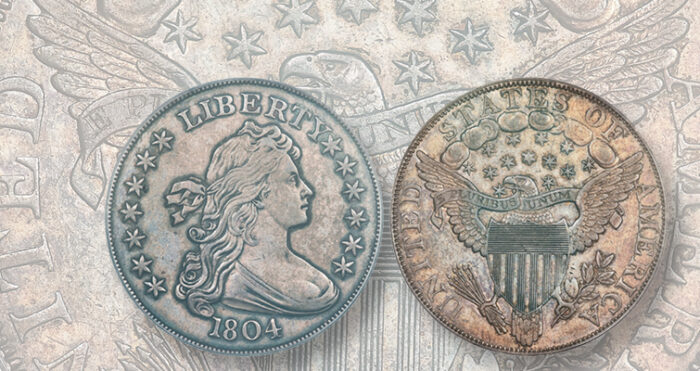
Among the legends of numismatics, the 1804 Silver Dollar holds a special place. Known as the “King of American Coins,” it is shrouded in tales of international diplomacy and rarity.
Originally minted in 1834 as part of a special set of coins intended as diplomatic gifts for Asian rulers on behalf of President Andrew Jackson, the 1804 Silver Dollar’s mystique is enhanced by its creation date misleadingly stamped on the coin.
Despite being minted three decades later, these coins are referred to as the 1804 Silver Dollar because the Mint used the old dies available at the time.
The Sultan of Muscat-Childs specimen of the 1804 Silver Dollar is perhaps the most famous and desired of these already exceptionally rare coins. It is distinguished by its pristine condition and proof-like appearance, suggesting it was specially struck and carefully preserved since its minting.
In 1999, this coin sold for $4 million, and its value has only grown, with estimates now placing it well above $10 million if it were to come to auction today. Its historical significance, coupled with its impeccable preservation, makes it a pinnacle of American coin collecting.

